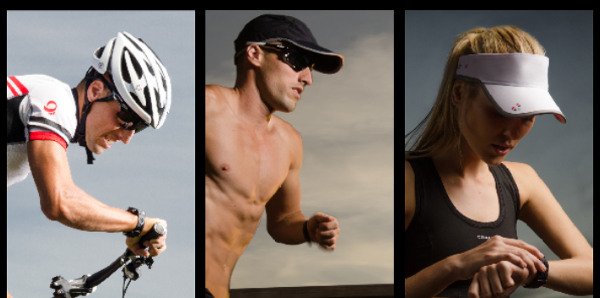Apple’s iWatch is not the only product on the wearable tech market. There is also the Microsoft Band. But neither of these is the most advanced wearable technology available.
That honor goes to LifeBEAM Gear. Originally developed for the aerospace industry, LifeBEAM was developed to accurately measure human performance biometrics in extreme conditions.
Astronauts and fighter pilots wear LifeBEAM helmets so that ground crews can monitor their vital signs while flying. Special Forces uses it on deployments. Now the public can benefit from this technology, modified to be affordable for athletes or to monitor health issues.
How Bio-Sensing Wearable Technology Works
Mentioned as one of Time’s 6 New Must-Have Gadgets for getting in shape, using LifeBEAM Gear allows the wearer to monitor their condition in a way similar to exercising in the controlled environment of a lab.
Lightweight, precision sensors measure physiological responses including:
- calories burned
- heart rate
- blood flow
- skin temperature
- Galvanic Skin Response (GSR)
- Peripheral capillary oxygen saturation (SpO2)
- activity profile analysis
- distance traveled
The data is transmitted to smartphone apps, watches, computers or ANT+ equipped devices via the low-energy Bluetooth chip embedded in the back of the wearable product.

The LifeBEAM Gear is just being rolled out. The first product to hit the market was a bicycle helmet. The sensors are at the front and the transmitter at the rear. Popular in the biking community, early reviews indicate the technology is very accurate.
Caps and visors are also available with more products to come. LifeBEAM has signed contracts with top fitness apparel brands to add sensors to clothing as well as more tech. Sensors have already been developed that measure at the temple, forehead, inner ear, wrist, arm, and foot.
Samsung Partners with LifeBEAM
Samsung has aligned with LifeBEAM to give the Apple iWatch and Microsoft Band a run for their money. While these watches are primarily fashion accessories, the Apple iWatch does have a practical purpose. Wearers can use it to purchase products using Apple Pay. But neither of these appears to be positioned to compete with LifeBEAM.
Samsung is using LifeBEAM to power devices using the Samsung Simband platform. Samsung’s idea is to have health related apps developers incorporate the use of sensors to measure skin temperature, heart rate, skin conductivity (how much a user sweats), blood flow, and other data.
Products using this type of technology can go beyond wearables and health monitoring. Samsung demonstrated a tennis racket made by Balobat at a developer’s conference. Using the sensors in the Simband platform, the racket measures a player’s movements. These measurements are then used to improve the player’s game.
Gadgets in your clothing or sports equipment could make you a better golfer or increase your score in any number of sports. Medical professionals could use wearable tech to diagnose intermittent health conditions.
Want to know what other wearable tech is on the horizon? Read 5 Wearable Gadgets to Watch Out for in 2015.


iWatch is a relatively new name, I’ve often heard it as Apple Watch. Don’t forget Fitbit